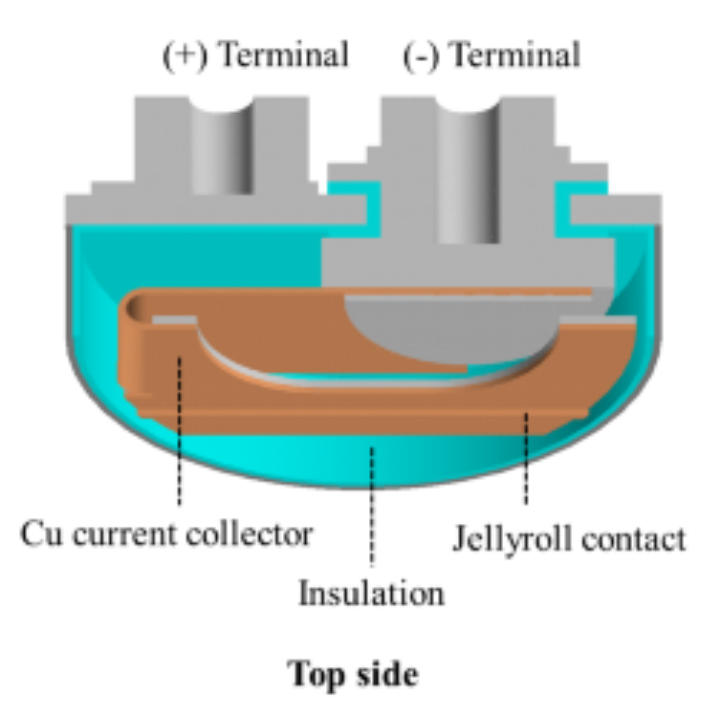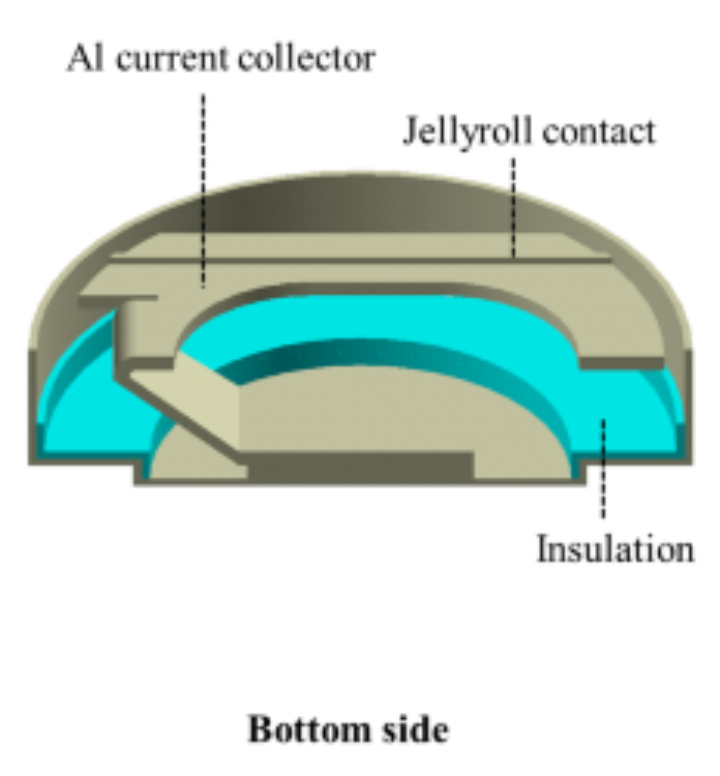Navigate to
Motivation
Safety and performance of lithium-ion batteries is strictly attached to the operating temperature and loading conditions. Hence it is important to know how a typical cell responds thermally to any variations in operating temperature and applied loads especially in electric propulsion systems where higher draw of current during the acceleration could cause the cell temperature to rise abruptly. Therefore automotive battery systems require elaborate monitoring and effective temperature control. Thermal modelling is an economical and convenient way to predict thermal behaviour of lithium-ion batteries and help designing effective thermal management system for automobile battery systems.
Research Objective
To predict thermal behavior of a battery using a thermal model, accurate knowledge of model parameters is a prerequisite. Model parameters can either be determined experimentally or using different simulation methods. Thermo-physical properties like anisotropic thermal conductivity, specific heat capacity and density of lithium-ion battery components, specifically the electrode layers (jellyroll) where heat generation actually takes place, are the key parameters required for transient thermal simulations. These parameters can be measured experimentally, evaluated using modeling and simulation techniques or the combination of both. The choice depends mainly on the availability of experimental and simulation facilities.
Department of Apparatus and Plant Design of ICVT, supported by state of the art measuring equipment and modern simulation tools, offers expertise in thermal evaluation and parameter estimation of any kind of lithium-ion cells and materials. Key expertise include:
- Experimental evaluation of anisotropic (in-plane and through-plane) thermal conductivity, heat capacity, and density of different types of lithium-ion cell stacks and jellyrolls.
- Thermal Conductivity and Heat Capacity Measurements of different materials of industrial significance e.g. high-grade Steels, PVC etc.
- Numerical investigation into thermal properties of lithium-ion batteries for a standpoint of devising thermally efficient cell designs and effective cooling systems.



